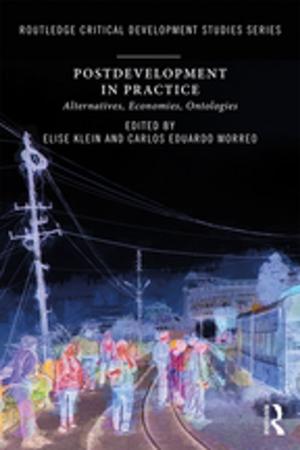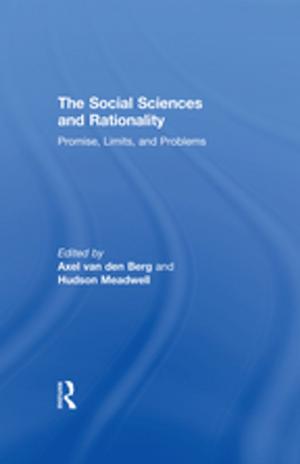The Future of International Relations
Masters in the Making?
Nonfiction, Social & Cultural Studies, Political Science| Author: | ISBN: | 9781134762194 | |
| Publisher: | Taylor and Francis | Publication: | June 29, 2005 |
| Imprint: | Routledge | Language: | English |
| Author: | |
| ISBN: | 9781134762194 |
| Publisher: | Taylor and Francis |
| Publication: | June 29, 2005 |
| Imprint: | Routledge |
| Language: | English |
This book presents the state of the art of international relations theory through an analysis of the work of twelve key contemporary thinkers; John Vincent, Kenneth Waltz, Robert O. Keohane, Robert Gilpin, Bertrand Badie, John Ruggie, Hayward Alker, Nicholas G. Onuf, Alexander Wendt, Jean Bethke Elshtain, R.B.J. Walker and James Der Derian. The authors aim to break with the usual procedure in the field which juxtaposes aspects of the work of contemporary theorists with others, presenting them as part of a desembodied school of thought or paradigm. A more individual focus can demonstrate instead, the well-rounded character of some of the leading oeuvres and can thus offer a more representative view of the discipline.
This book is designed to cover the work of theorists whom students of international relations will read and sometimes stuggle with. The essays can be read either as introductions to the work of these theorists or as companions to it. Each chapter attempts to place the thinker in the landscape of the discipine, to identify how they go about studying International Relations, and to discuss what others can learn from them.
This book presents the state of the art of international relations theory through an analysis of the work of twelve key contemporary thinkers; John Vincent, Kenneth Waltz, Robert O. Keohane, Robert Gilpin, Bertrand Badie, John Ruggie, Hayward Alker, Nicholas G. Onuf, Alexander Wendt, Jean Bethke Elshtain, R.B.J. Walker and James Der Derian. The authors aim to break with the usual procedure in the field which juxtaposes aspects of the work of contemporary theorists with others, presenting them as part of a desembodied school of thought or paradigm. A more individual focus can demonstrate instead, the well-rounded character of some of the leading oeuvres and can thus offer a more representative view of the discipline.
This book is designed to cover the work of theorists whom students of international relations will read and sometimes stuggle with. The essays can be read either as introductions to the work of these theorists or as companions to it. Each chapter attempts to place the thinker in the landscape of the discipine, to identify how they go about studying International Relations, and to discuss what others can learn from them.















